Home>Gardening & Outdoor>Landscaping Ideas>When To Plant Grass Seed In The Fall
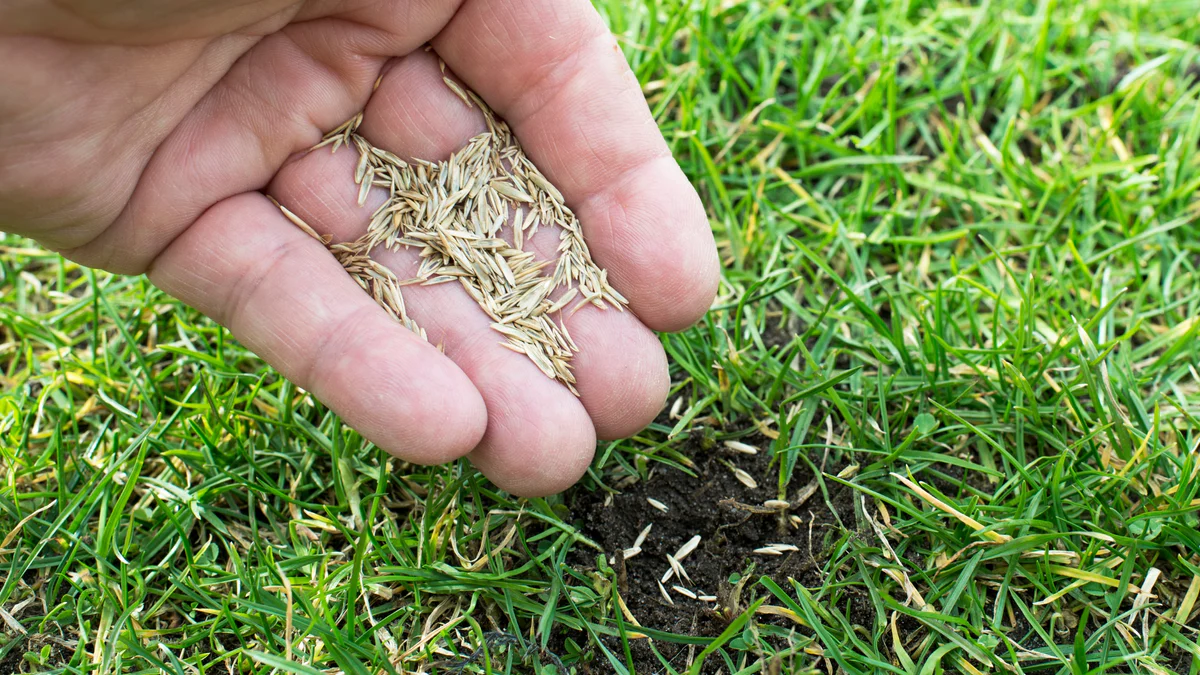

Landscaping Ideas
When To Plant Grass Seed In The Fall
Modified: February 18, 2024
Discover the best landscaping ideas for planting grass seed in the fall to achieve a lush, vibrant lawn. Learn when and how to sow grass seed for a beautiful and healthy landscape.
(Many of the links in this article redirect to a specific reviewed product. Your purchase of these products through affiliate links helps to generate commission for Storables.com, at no extra cost. Learn more)
Introduction
Planting grass seed in the fall is a strategic and rewarding endeavor for homeowners and landscaping enthusiasts. As the temperatures begin to cool and the summer heat fades away, the fall season presents an ideal opportunity to establish a lush, vibrant lawn. In this article, we will explore the benefits of planting grass seed in the fall, discuss important factors to consider before embarking on this project, determine the best time to plant grass seed, and outline the essential steps for achieving a successful and thriving lawn. Whether you’re a seasoned gardener or a novice homeowner eager to enhance your outdoor space, understanding the nuances of fall grass seed planting can yield beautiful and enduring results.
Key Takeaways:
- Planting grass seed in the fall offers benefits like reduced watering needs, enhanced weed control, and a lush lawn in spring. It’s crucial to consider factors like grass type, soil preparation, and proper timing for successful lawn establishment.
- The best time to plant grass seed in the fall is when temperatures cool, typically from late August to mid-October. By following strategic steps like soil preparation, high-quality seed selection, and diligent maintenance, you can foster a resilient and visually appealing lawn.
Read more: When To Plant Grass In Fall
Benefits of Planting Grass Seed in the Fall
Planting grass seed in the fall offers a multitude of benefits that contribute to the overall health and appearance of your lawn. Here are some compelling reasons to consider this seasonal endeavor:
- Optimal Growing Conditions: The moderate temperatures and reduced weed competition in the fall create favorable conditions for grass seed germination and establishment. Cooler weather and warm soil promote robust root development, setting the stage for a resilient and thriving lawn.
- Reduced Watering Requirements: With the intense heat of summer waning, the fall season typically brings increased rainfall and lower evaporation rates. This natural shift minimizes the need for frequent watering, easing the maintenance demands of newly planted grass seed.
- Enhanced Weed Control: Planting grass seed in the fall allows the young grass to establish itself before the onset of vigorous weed growth in the following spring. This head start enables the grass to compete more effectively with weeds, leading to a denser and healthier turf.
- Establishment Before Winter: By sowing grass seed in the fall, the young plants have ample time to develop strong root systems before winter’s arrival. This fortifies the grass against cold temperatures and prepares it for robust growth in the coming spring.
- Lush, Vibrant Lawn in Spring: By taking advantage of the fall planting window, you can look forward to a lush and verdant lawn when spring arrives. The proactive approach of fall seeding sets the stage for a resilient and visually appealing lawn in the months ahead.
These benefits underscore the advantages of planting grass seed in the fall, positioning your lawn for long-term vitality and beauty.
Factors to Consider Before Planting Grass Seed in the Fall
Before embarking on the fall grass seed planting journey, it’s essential to consider several key factors to ensure the success of your lawn establishment efforts. Understanding these elements can help you make informed decisions and cultivate a thriving and resilient lawn. Here are the critical factors to contemplate:
- Grass Type Selection: Different grass species thrive in varying climates and soil conditions. Before planting grass seed, research and select a grass type that is well-suited to your region’s climate, sunlight exposure, and soil composition. Whether you opt for cool-season or warm-season grasses, choosing the right variety is pivotal for a successful lawn.
- Soil Preparation: Assess the condition of your soil and address any deficiencies before planting grass seed. Conduct a soil test to determine its pH level and nutrient content. Amend the soil as needed to optimize its texture, fertility, and drainage, providing an ideal foundation for the grass seed to germinate and flourish.
- Weed and Pest Control: Prior to planting grass seed, mitigate weed and pest issues in the designated area. Eliminate existing weeds and address any pest infestations to prevent interference with the germination and growth of the new grass seed. Implementing effective weed and pest control measures is crucial for fostering a healthy and robust lawn.
- Proper Timing: Timing is paramount when planting grass seed in the fall. Ensure that you initiate the seeding process early enough for the grass to establish before the first frost. Additionally, consider the specific climate and weather patterns in your region to determine the optimal timing for seeding, maximizing the grass seed’s potential for successful growth.
- Watering Strategy: Develop a comprehensive watering plan to support the germination and early growth of the grass seed. While the fall season generally offers reduced watering needs, it’s essential to provide consistent moisture to the newly planted seed. Tailor your watering schedule to accommodate the specific requirements of the grass type and environmental conditions.
By carefully considering these factors and taking proactive measures, you can lay the groundwork for a flourishing lawn and set the stage for successful grass seed planting in the fall.
Plant grass seed in the fall when temperatures are between 50-65°F for optimal germination. This allows the seeds to establish strong roots before winter. Keep the soil moist and avoid heavy foot traffic until the grass is established.
Best Time to Plant Grass Seed in the Fall
Timing is a critical aspect of planting grass seed in the fall, as it directly influences the success of lawn establishment efforts. Identifying the best time to sow grass seed ensures that the young plants have ample opportunity to develop strong roots and establish themselves before the onset of winter. While the optimal timing may vary based on geographic location and specific grass species, several general guidelines can help determine the ideal window for fall grass seed planting.
As the temperatures begin to cool and the intensity of summer heat diminishes, typically from late August to mid-October, the conditions become increasingly favorable for planting grass seed. During this period, the soil retains residual warmth from the summer months, promoting robust root growth while reducing the risk of heat stress on the emerging seedlings.
It’s crucial to initiate the grass seed planting process early enough to allow the young plants to establish before the first frost. By aligning the seeding activities with this timeline, the grass seedlings can develop resilient root systems and gain a foothold in the soil before winter’s arrival. This strategic approach positions the grass for vigorous growth and optimal health in the following spring.
When determining the best time for fall grass seed planting, consider the specific climate and weather patterns in your region. Monitor local temperature trends and the projected timing of the first frost to pinpoint the most advantageous window for seeding. Additionally, take into account the recommended germination and establishment timelines for the chosen grass species, ensuring that the planting schedule aligns with the grass’s unique requirements.
Ultimately, the best time to plant grass seed in the fall hinges on a combination of environmental factors, including temperature, precipitation, and frost dates, as well as the specific attributes of the selected grass species. By leveraging these considerations, you can pinpoint the opportune moment to sow grass seed and set the stage for a flourishing and resilient lawn.
Steps to Planting Grass Seed in the Fall
Successfully planting grass seed in the fall involves a series of strategic steps designed to optimize germination, establish robust root systems, and foster the long-term health of the lawn. By following these essential guidelines, you can set the stage for a lush, vibrant, and enduring grassy expanse:
- Prepare the Soil: Begin by thoroughly preparing the soil in the designated planting area. Remove debris, such as rocks and sticks, and use a rake to level the surface. Conduct a soil test to assess its pH and nutrient levels, amending the soil as necessary to create an optimal growing environment for the grass seed.
- Choose High-Quality Seed: Select a high-quality grass seed blend that aligns with your region’s climate and sunlight conditions. Consider factors such as drought tolerance, disease resistance, and traffic resilience when choosing the appropriate grass species for your lawn.
- Sow the Seed: Distribute the grass seed evenly across the prepared soil using a broadcast spreader or a handheld spreader. Pay careful attention to the recommended seeding rates for the specific grass species, ensuring thorough coverage without overcrowding the area.
- Rake and Press: Gently rake the seeded area to ensure good seed-to-soil contact, which is essential for successful germination. Use a lawn roller or the backside of a rake to lightly press the seeds into the soil, promoting secure anchoring and facilitating the absorption of moisture.
- Apply Fertilizer: Consider applying a starter fertilizer specifically formulated for new grass seed. This can provide essential nutrients to support early growth and establishment, enhancing the vigor and resilience of the emerging grass plants.
- Water Thoroughly: After sowing the grass seed, thoroughly water the area to facilitate germination and promote initial root development. Maintain consistent moisture levels in the soil, adjusting the watering frequency as needed to accommodate the environmental conditions and the grass seed’s germination requirements.
- Maintain Careful Oversight: Monitor the seeded area closely, ensuring that the soil remains consistently moist during the germination and early growth stages. Protect the emerging grass seedlings from foot traffic, and be vigilant against potential weed encroachment that could impede the grass’s development.
- Implement Regular Maintenance: As the grass seedlings mature, adhere to a regular maintenance routine that includes mowing, watering, and fertilization as appropriate. Gradually transition to a standard lawn care regimen, nurturing the young grass to establish a resilient and visually appealing lawn.
By diligently following these steps and providing attentive care, you can foster the successful growth and establishment of grass seed in the fall, cultivating a flourishing and enduring lawn that enhances the beauty and vitality of your outdoor space.
Read more: When To Plant Seeds For Fall Garden
Conclusion
Planting grass seed in the fall presents an opportune moment to establish a vibrant and resilient lawn, setting the stage for enduring beauty and lush greenery. By leveraging the benefits of fall planting, including optimal growing conditions, reduced watering demands, and enhanced weed control, homeowners and landscaping enthusiasts can cultivate a thriving outdoor oasis. However, before embarking on this endeavor, it’s crucial to consider factors such as grass type selection, soil preparation, and proper timing to ensure the success of the lawn establishment project.
Identifying the best time to plant grass seed in the fall hinges on a combination of environmental factors and the specific attributes of the chosen grass species. By aligning the seeding activities with the optimal window and following strategic steps, including soil preparation, high-quality seed selection, and diligent maintenance, individuals can foster the successful growth and establishment of grass seed, culminating in a resilient and visually appealing lawn.
As the temperatures cool and the summer heat gives way to the gentle embrace of fall, the opportunity to sow grass seed emerges as a promising pathway to a lush and vibrant lawn. By embracing the nuances of fall planting and leveraging the favorable conditions, gardening enthusiasts can transform their outdoor spaces into captivating and enduring landscapes that enrich the senses and elevate the beauty of their surroundings.
Through thoughtful consideration, strategic planning, and attentive care, the journey of planting grass seed in the fall unfolds as a testament to the transformative power of nature and the enduring allure of a thriving lawn. With each blade of grass that takes root and flourishes, the landscape becomes a canvas of natural splendor, inviting moments of tranquility and delight amidst the ever-changing tapestry of the seasons.
Ultimately, the act of planting grass seed in the fall transcends the realm of horticulture, evolving into a harmonious symphony of growth, resilience, and natural beauty that enriches the lives of those who behold it. As the fall season beckons with its promise of renewal and transformation, the decision to plant grass seed becomes a testament to the enduring spirit of the natural world and its capacity to inspire and captivate the hearts and minds of all who embrace its wondrous journey.
Frequently Asked Questions about When To Plant Grass Seed In The Fall
Was this page helpful?
At Storables.com, we guarantee accurate and reliable information. Our content, validated by Expert Board Contributors, is crafted following stringent Editorial Policies. We're committed to providing you with well-researched, expert-backed insights for all your informational needs.

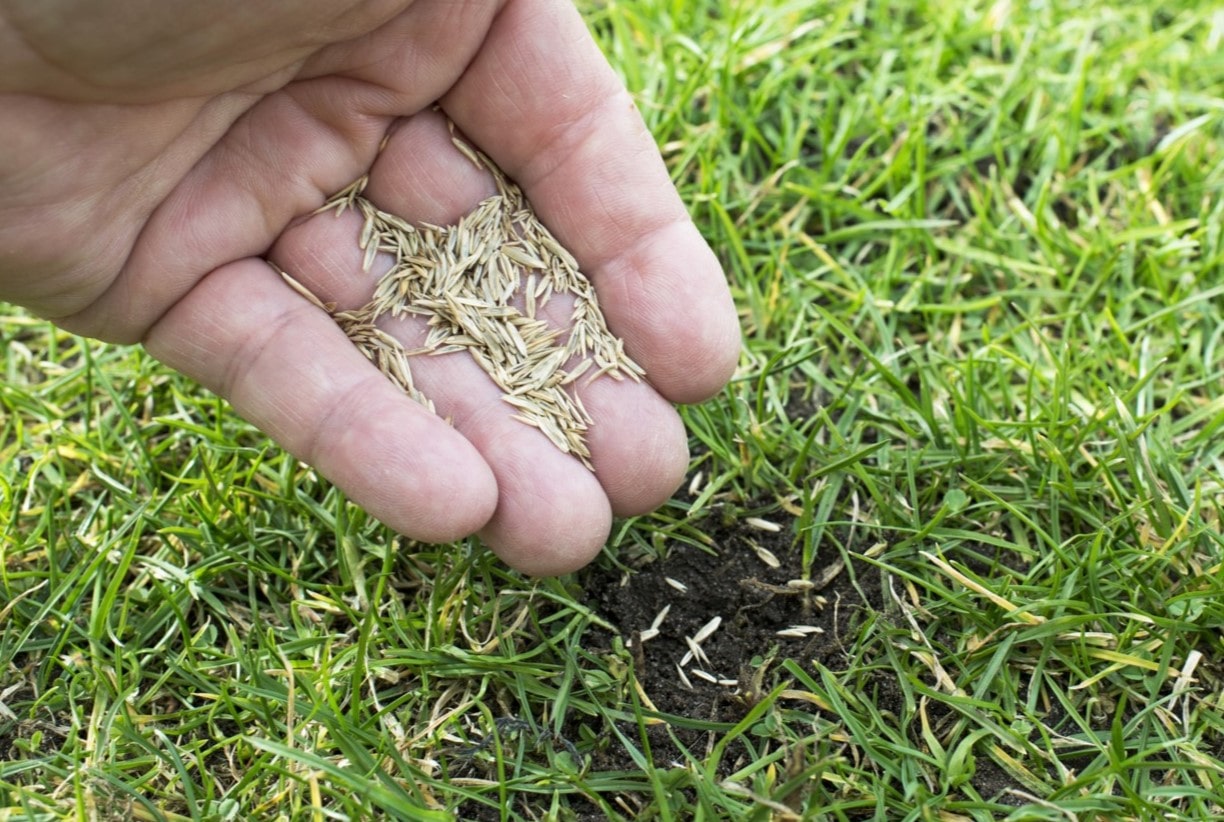
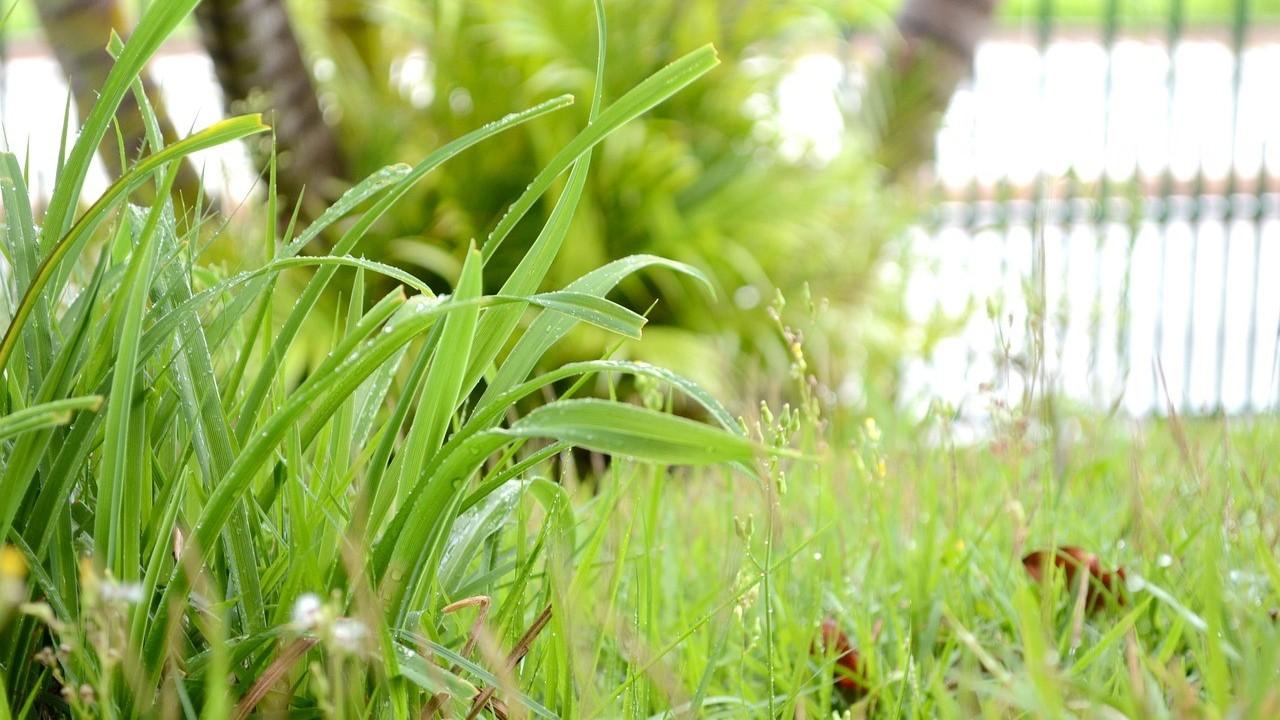
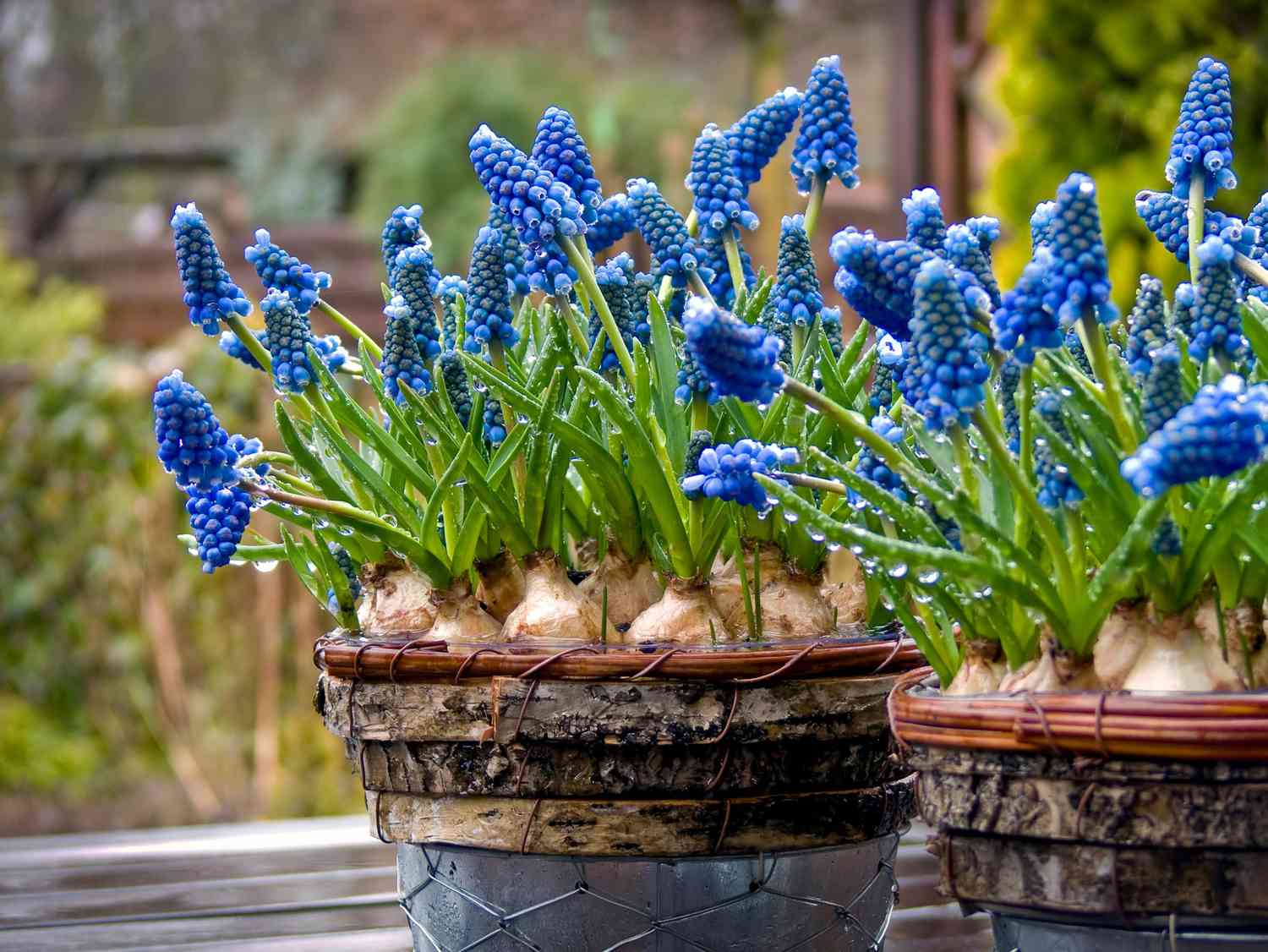
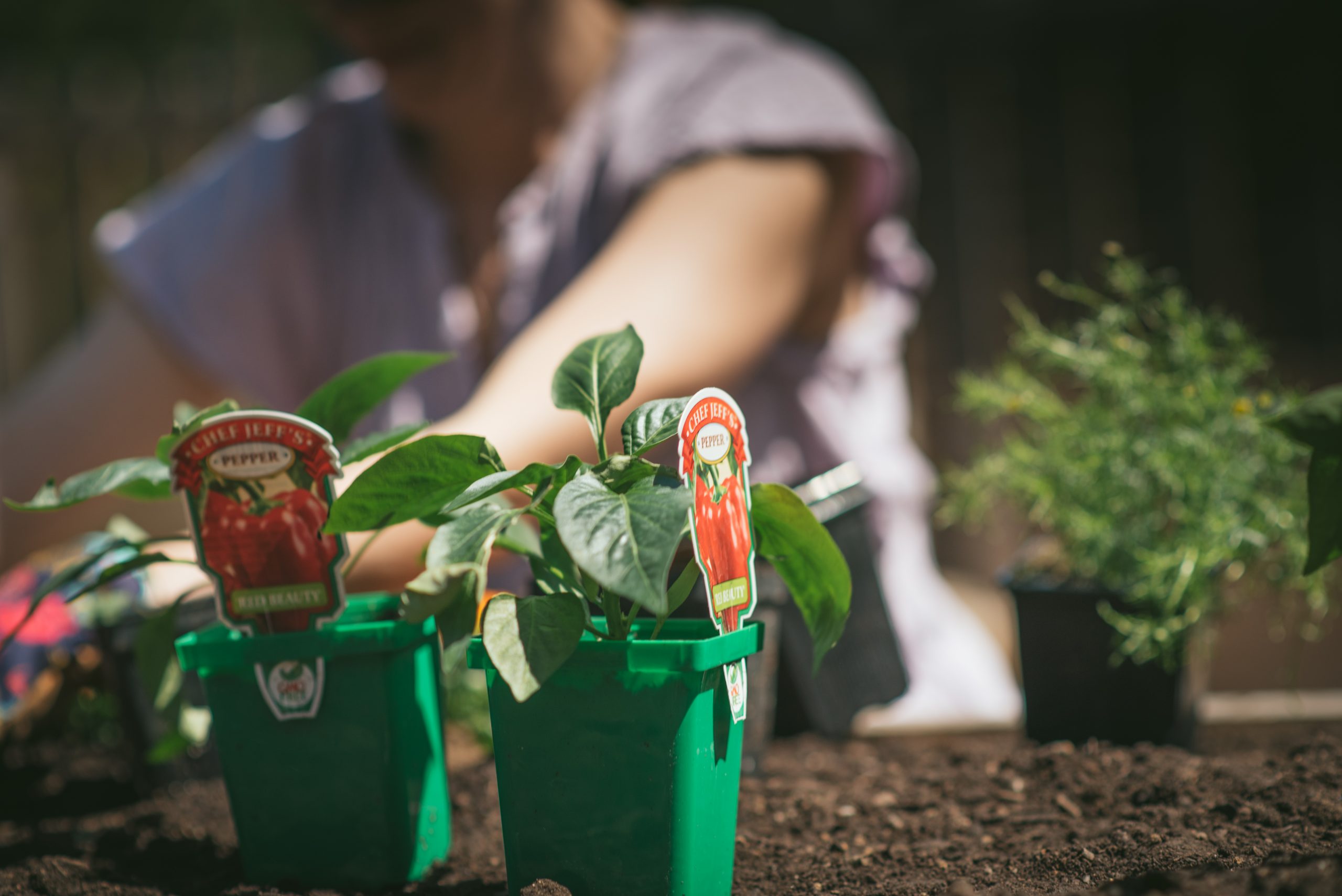


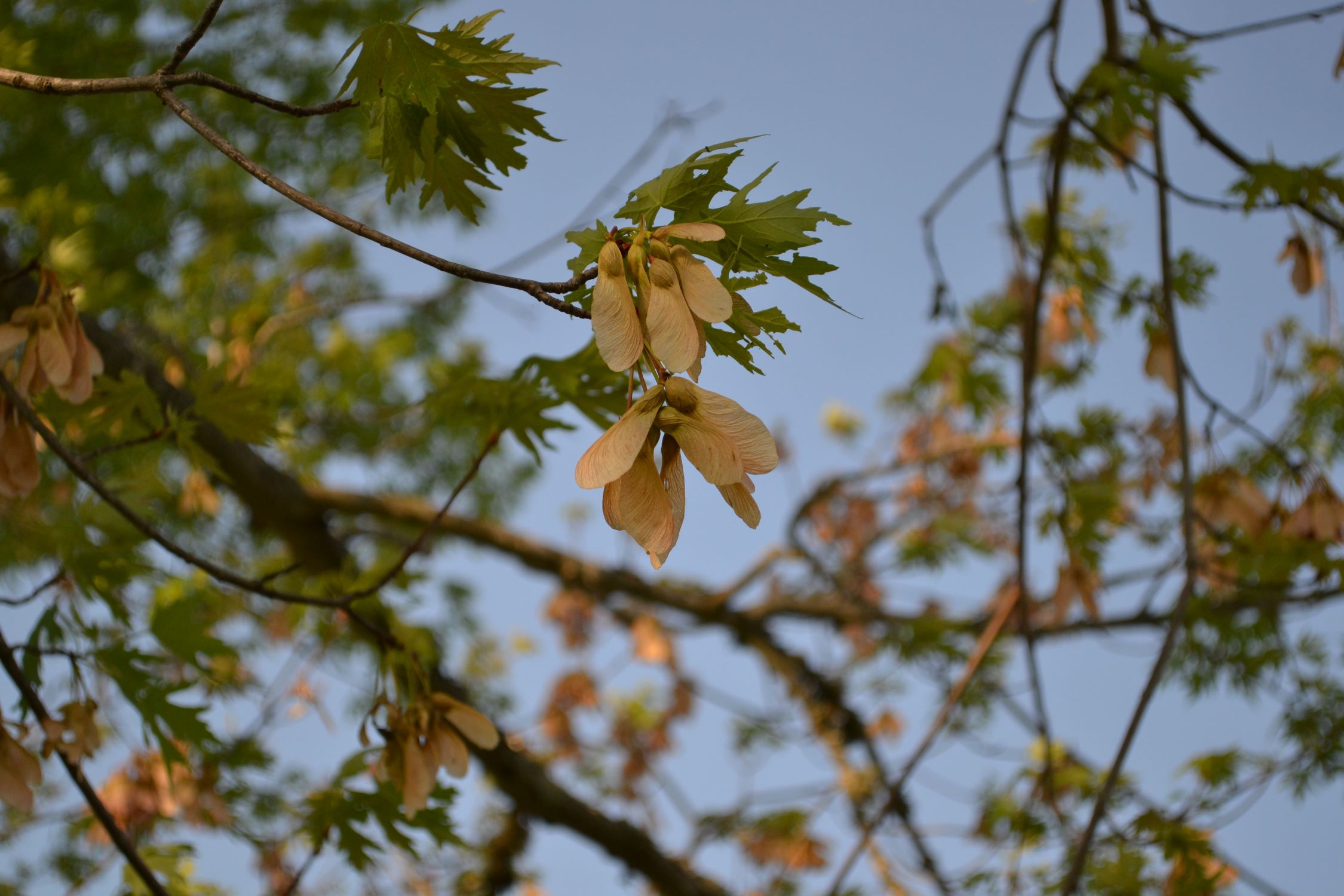
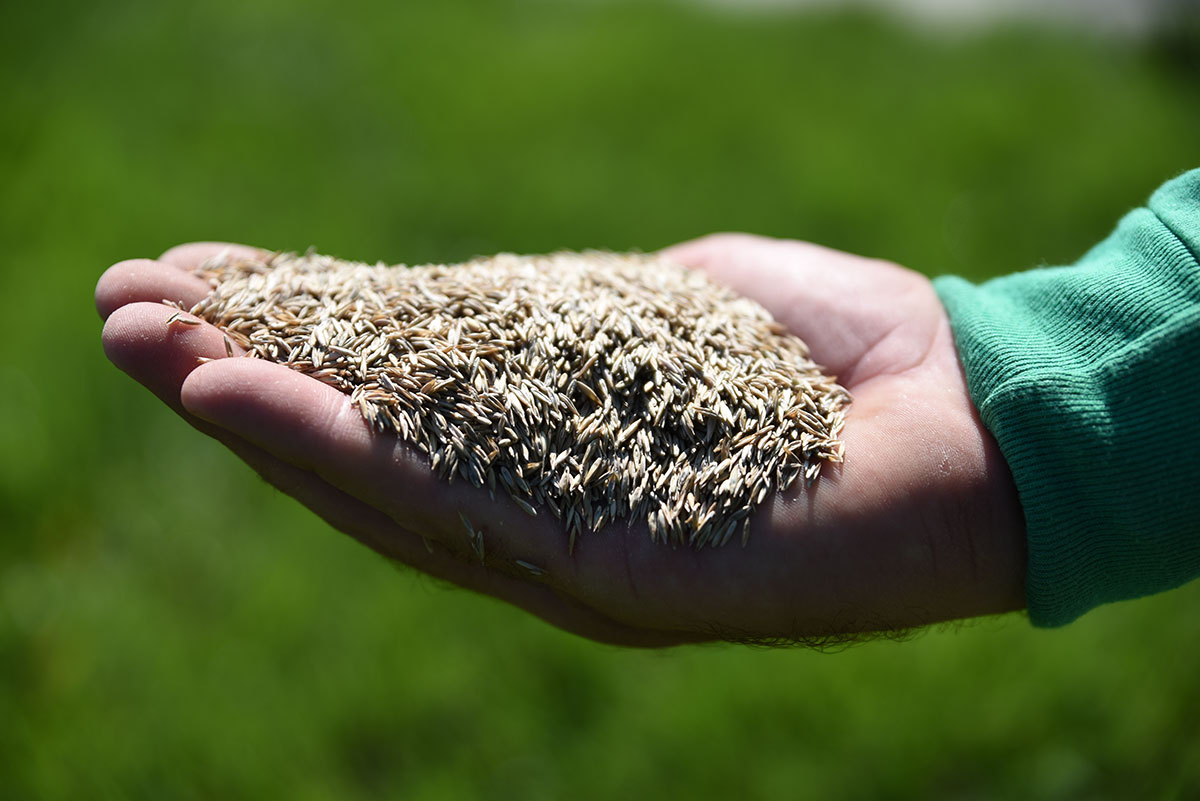
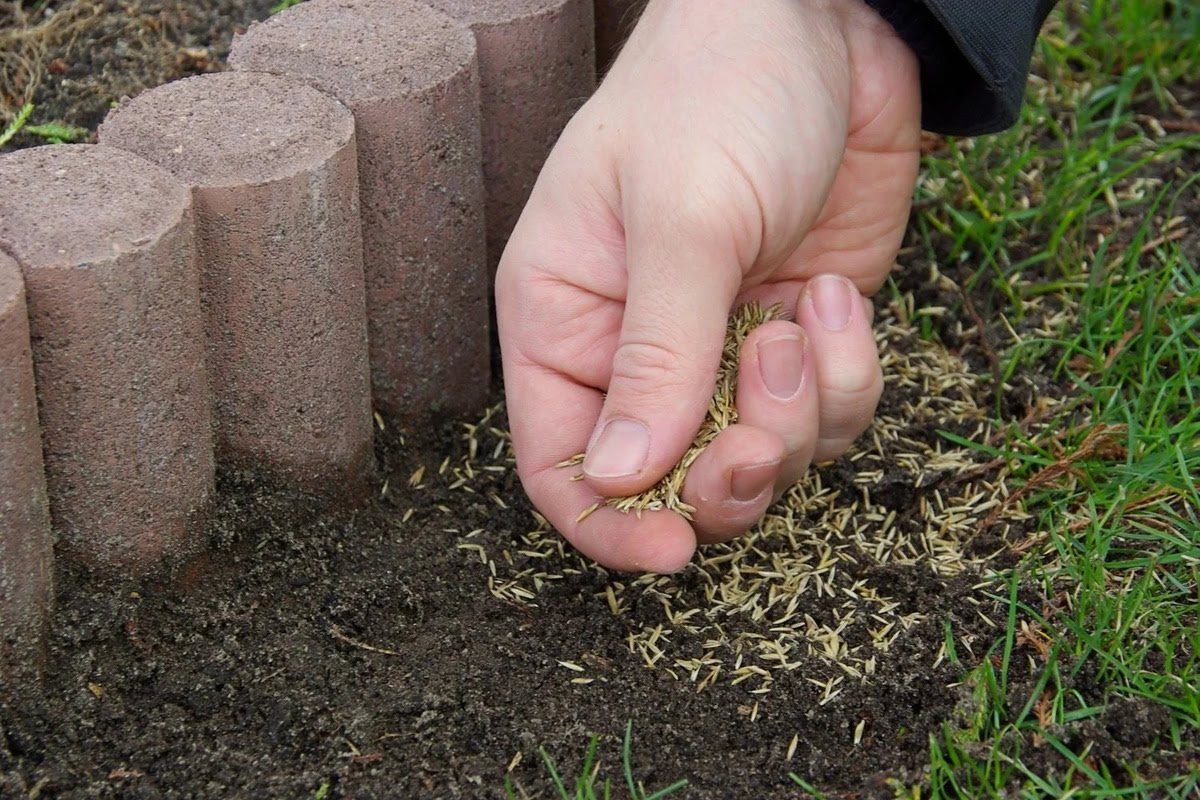
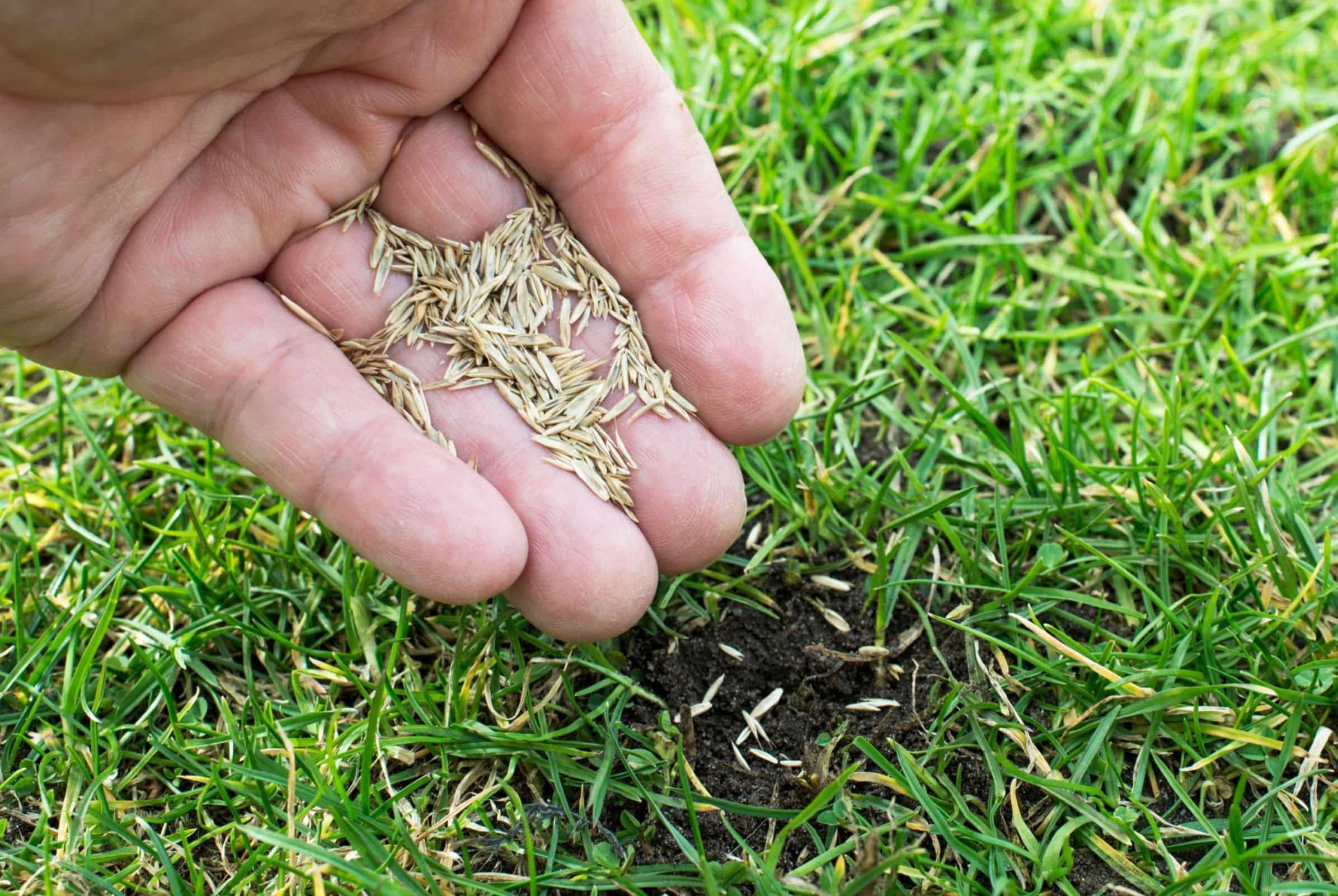
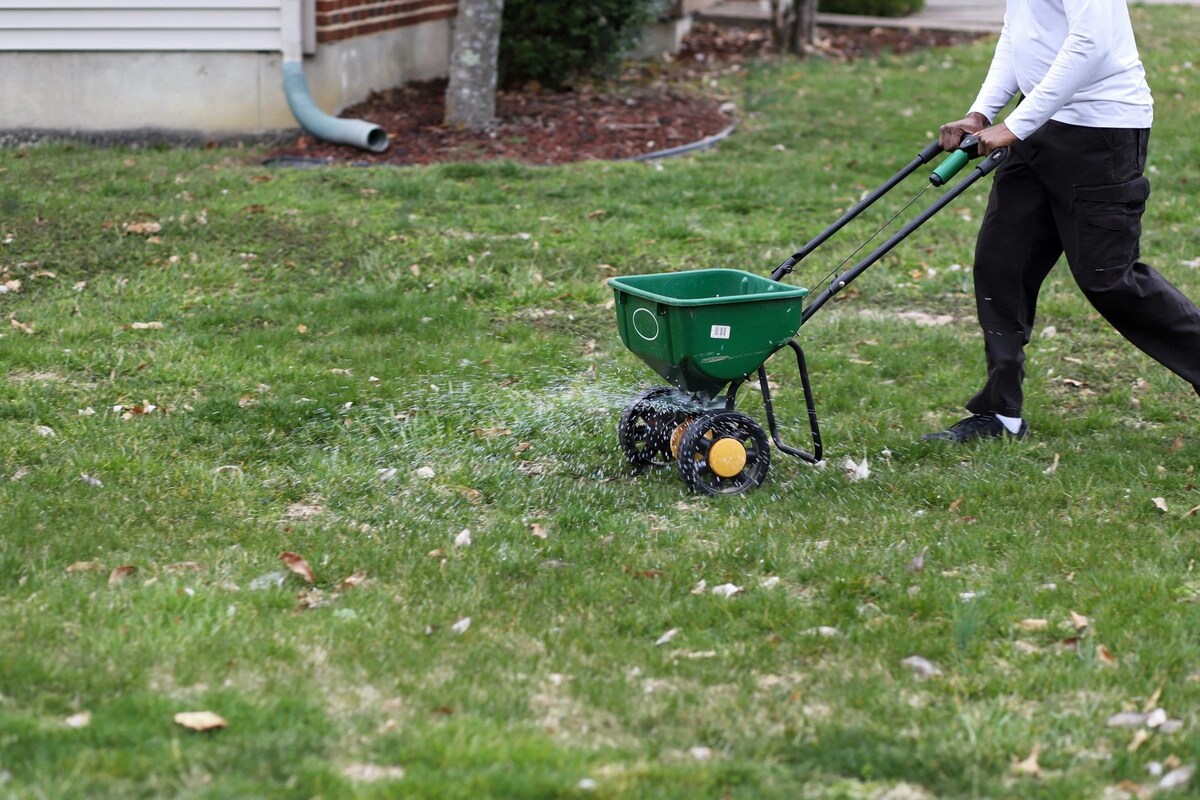



0 thoughts on “When To Plant Grass Seed In The Fall”